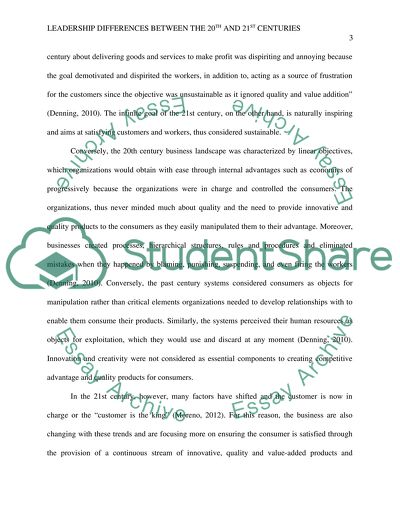Cite this document
(Management, Leadership Philosophy and Leaders in the 20th and 21st Cen Coursework, n.d.)
Management, Leadership Philosophy and Leaders in the 20th and 21st Cen Coursework. Retrieved from https://studentshare.org/human-resources/1688547-leadership-differences
Management, Leadership Philosophy and Leaders in the 20th and 21st Cen Coursework. Retrieved from https://studentshare.org/human-resources/1688547-leadership-differences
(Management, Leadership Philosophy and Leaders in the 20th and 21st Cen Coursework)
Management, Leadership Philosophy and Leaders in the 20th and 21st Cen Coursework. https://studentshare.org/human-resources/1688547-leadership-differences.
Management, Leadership Philosophy and Leaders in the 20th and 21st Cen Coursework. https://studentshare.org/human-resources/1688547-leadership-differences.
“Management, Leadership Philosophy and Leaders in the 20th and 21st Cen Coursework”, n.d. https://studentshare.org/human-resources/1688547-leadership-differences.


